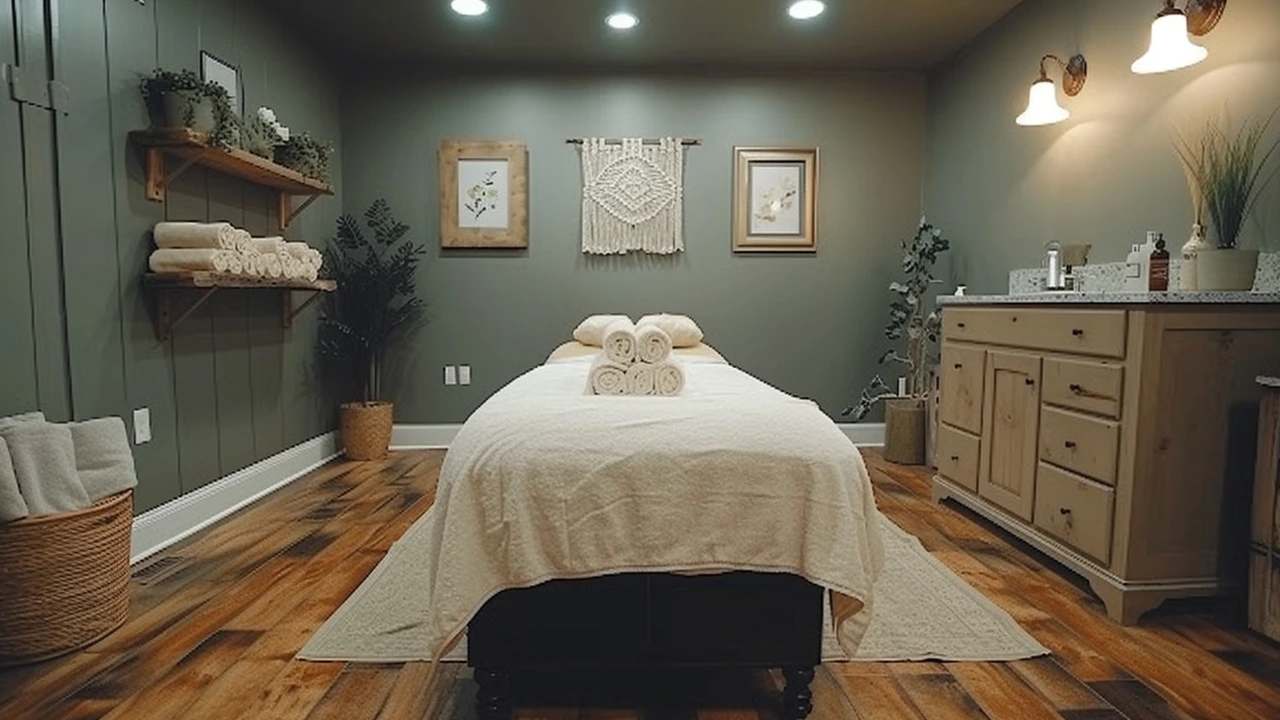Role of Massage in Canine Wellness: Calm, Recovery, and Mobility
Massage does more than feel nice for dogs. Used correctly, it speeds recovery after activity, eases chronic stiffness, lowers stress, and strengthens the bond between dog and owner. You don’t need fancy tools—just calm hands, attention, and a simple routine that fits your dog’s needs.
Start by watching your dog’s comfort cues. If they lean in, relax their jaw, or nudge you back, keep going. If they pull away, yawn excessively, or show sudden flinching, stop and check for pain. Always let your dog set the pace; gentle, short sessions work best at first.
Quick benefits to expect
Massage increases circulation to tired muscles, which helps clear metabolic waste after exercise and reduces soreness. It can relax tight muscle bands and improve joint mobility when used alongside proper stretching and exercise. Many owners see calmer behavior and better sleep after a regular massage routine. For older dogs, massage can ease arthritis discomfort and make daily movement easier.
Different techniques target different needs. Long, slow strokes along the back and limbs soothe and boost circulation. Small circular motions over tense spots help break up tight tissue. Light tapping and gentle kneading can wake up muscles before activity. Trigger-point work and deeper pressure should be left to trained therapists or guided by your veterinarian.
Practical routine you can try
Begin with a five-minute check: run flat hands along the dog’s spine (without pressing on the vertebrae) and scan for tight, warm, or tender spots. Spend three to five minutes on each area that needs attention, keeping overall sessions to 10–15 minutes for most dogs. Use slow strokes toward the heart to support lymphatic flow. Keep breathing steady and speak softly to reinforce relaxation.
When to avoid massage: acute injuries, open wounds, fever, or if your dog shows signs of severe pain. If your dog has a medical condition like a tumor, neurological issues, or advanced heart disease, ask your vet before starting any massage. For chronic pain or recovery from surgery, a certified canine massage therapist can tailor a safe plan.
Consistency matters. Short sessions two to three times a week beat one long session once a month. Track changes in mobility, appetite, and behavior to see what helps. Pair massage with appropriate exercise, weight control, and joint supplements when recommended by your vet.
Massage is a tool, not a cure-all. Used thoughtfully, it supports recovery, reduces stress, and improves your dog’s daily comfort. Start slow, learn your dog’s signals, and contact a professional for chronic or serious issues. Your hands can be a powerful part of your dog’s wellness routine.
Use a light unscented massage oil or just your hands; oils help on very furry dogs but avoid anything that causes skin irritation. Schedule sessions after calm walks, not right after intense play. Video-record short clips to track mobility changes over weeks. If you see swelling, limping that worsens, or loss of appetite, stop and call your vet immediately for guidance.

The Role of Neuromuscular Massage in Stress Management
Hey there! This post will dive into the world of neuromuscular massage and its incredible role in stress management. We'll uncover how these specialized massages can help relieve tension in the body, improve our mood, and overall wellbeing. So, whether you're a professional swamped by work or dealing with day-to-day stressors, let's explore how this holistic method can bring a positive shift in your life.




